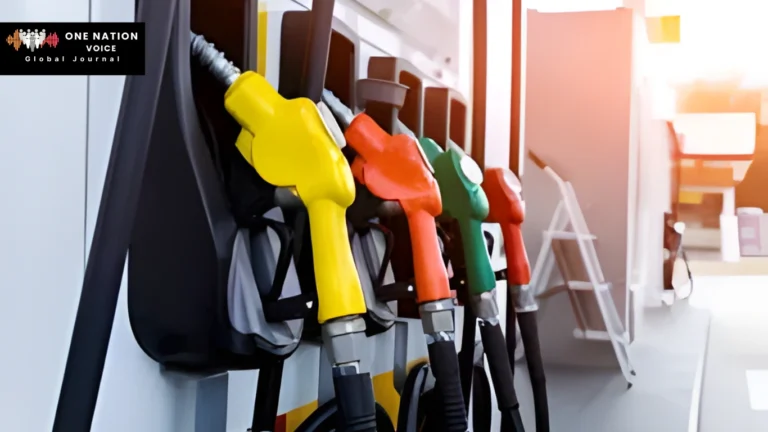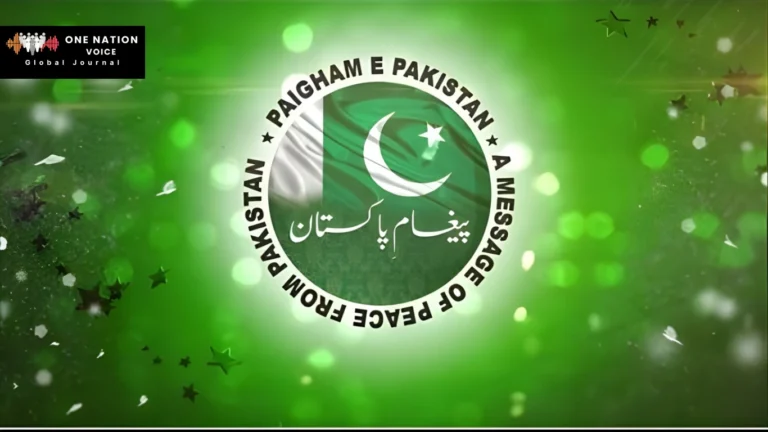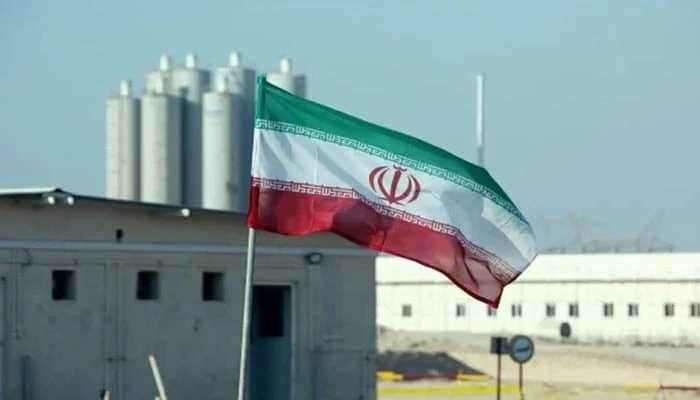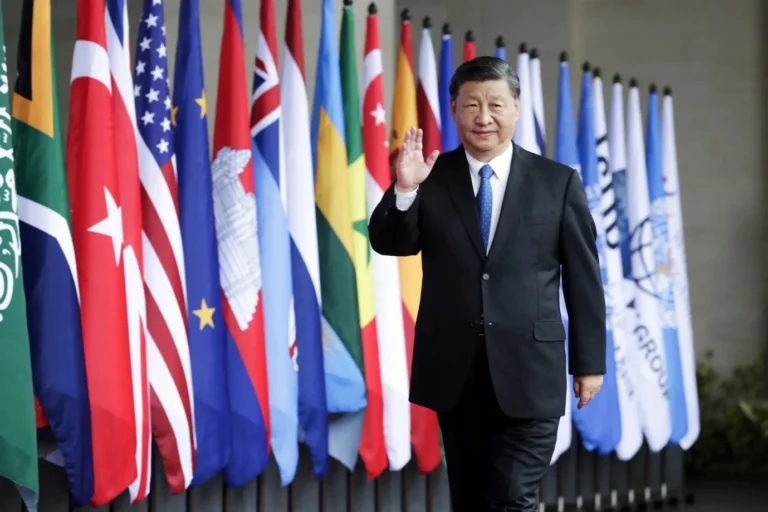How India’s Protectionism Shapes Global Trade with EU and US?
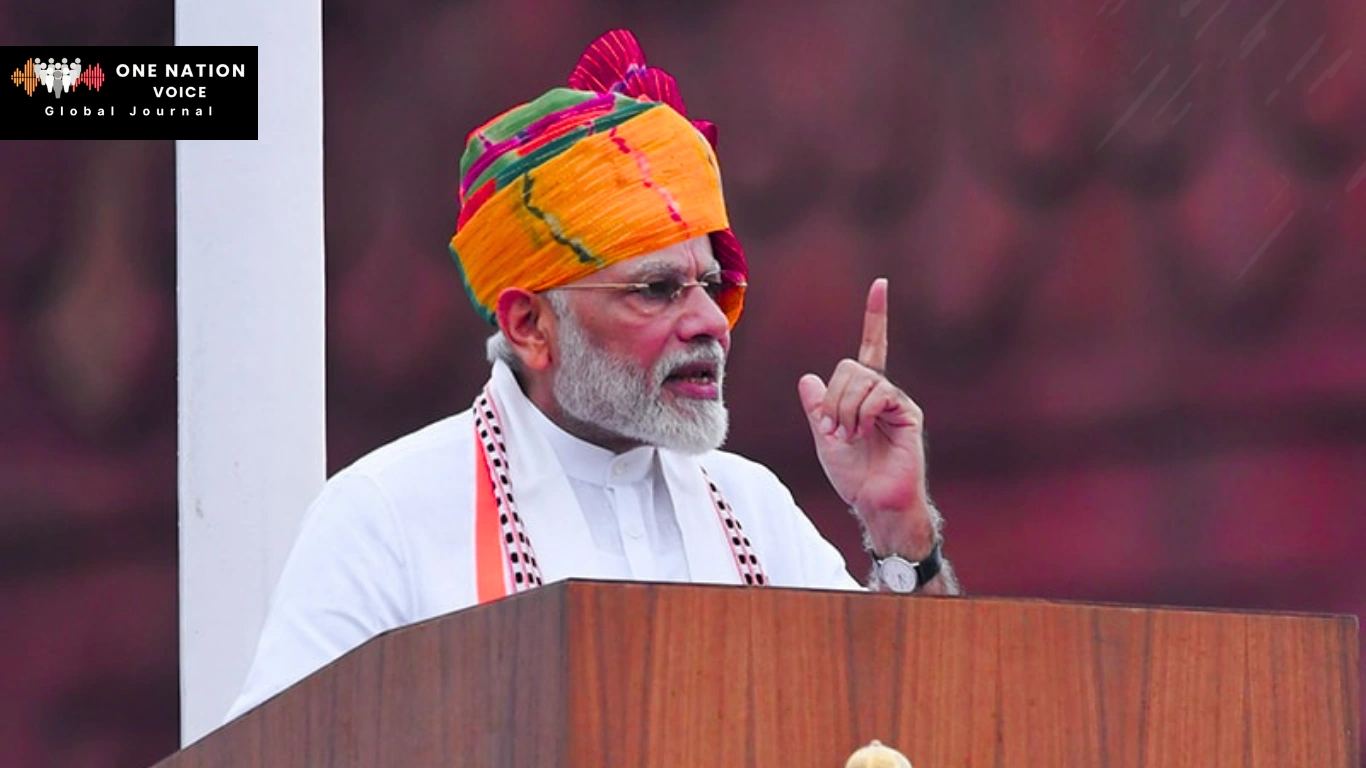
How India’s Protectionism Shapes Global Trade with EU and US?
The trade talks between India and the European Union have been ongoing for years. It is due to the inflexible high tariffs and trade barriers of India. The EU has become increasingly frustrated, especially with automobiles and agricultural produce. India is claiming to safeguard its domestic industries and farmers from the European perspective. Therefore, it seems to be protectionism in the guise of economic nationalism.
The India and EU Dead Lock
The negotiations on a free trade agreement started as early as 2007 and have never gained momentum. One big reason for this is tariffs.
India’s import tariffs are among the highest in the world, more than 38 percent for food stuffs and around 15 percent for industrial goods.
Tariffs are even harsher for cars, wine, and processed foods, ranging from 60 to 100 percent. Moreover, tariffs are seldom more than 5 percent in Europe, which makes trade seem unbalanced. The carmakers said that their duties are to make their vehicles luxury items immediately, due to which they cannot compete in the market. Nevertheless, India continues to have a higher balance of trade with the EU countries, with exports of about 75.8 billion dollars, and imports about 60.7 billion dollars in 2024.
The frustration of the EU is also due to India’s opposition to new tools. Such tools are the Carbon Border Adjustment Mechanism (CBAM) and Corporate Sustainability Reporting Directive (CSRD). Brussels viewed them as standard instruments of fair trade and climate accountability. In contrast, New Delhi sees them as additional hoops that are meant to put developing countries at disadvantage.
Tensions with the US
India is listed amongst the most tariff protected economies by the US Trade Representative. India’s average MFN tariff is around 17 percent and agricultural products average 39 percent. For American exporters, this all is very difficult. As they are taxed at 45 percent on vegetable oils, 50 percent on motorcycles, and 60 percent on cars. Similarly, it includes 150 percent on alcohol, coffee, and nuts. In 2025, the US retaliated with 50 percent tariffs on Indian goods worth roughly $48 billion. Within four months India’s exports to the US fell by almost 38 percent. The negotiations are still ongoing, with Washington asking India to reduce tariffs to around 15 percent.
This would occur under the condition that Washington is willing to scale back certain protectionist policies
High Tariffs
The trade approach in India is not only limited to some countries. It is inherent in its general policy with respect to tariffs. In 2024, the average tariff applied in the nation was almost 16 percent, which is approximately twice the global average. India is legally barred from exceeding the tariff limits imposed by the World Trade Organization but tends to hover close to its limit.
Furthermore, between 2017 and 2019, tariffs were raised on more than 2300 items, almost half of all tariff lines. This decision was protested by the EU, the US, Japan, and even the WTO itself, for distorting trade and making supply chains more difficult. The industries of textiles, electronics, footwear, and consumer products are suffering, particularly. Additional tariffs and import restrictions to promote domestic production also make India a challenging market to penetrate.
Barriers Beyond Tariffs
Tariffs are only one aspect of this issue. India also used non-tariff barriers, heavy handed rules and regulations that are often stifling. These include licensing systems, import bans on used goods, and the requirement to conduct local testing of products already certified internationally. By 2024, the Quality Control Orders had been expanded to cover over a thousand products in industries such as steel, toys, chemicals, and pharmaceuticals. These regulations are presented as safety and quality policies, but to foreign companies, they mean delays, costs, and lost opportunities as well.
Aspect of Protectionism
The fundamental character of India’s trade posture is that it has always been more geared towards protecting domestic industry than full openness. Schemes such as Make in India and Atmanirbhar Bharat are focused on enhancing manufacturing and self-reliance. The only downside is that if these policies become so protective, they inhibit foreign collaboration and investments. India’s strategy also overflows into its regional politics. When Pakistan has attempted to revive trade negotiations, New Delhi has largely ignored it, tying economics to larger political issues. Indian policymakers are concerned that cheap imports will destroy local producers who are not able to compete with international efficiency or quality. Very high barriers come at a price. As it corners India at a time when global supply chains are realigning and countries seek to find trade partners beyond China.
Thus, the protectionist sentiments among Indian people in cars and agriculture are not new but are increasingly less justified. Both the EU and the US viewed India as a potential partner in the balancing of global trade. But India’s reluctance to open has continued to stall progress. However, if India really wants to be viewed as a manufacturing center of the world and not a huge consumer market, it may have to take down the walls around itself.
The views and opinions expressed in this article are exclusively those of the author and do not reflect the official stance, policies, or perspectives of the Platform.


